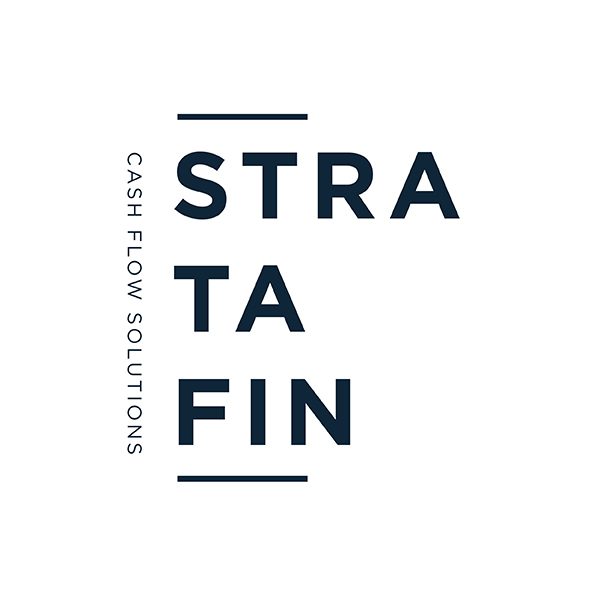Different types of decisions require different levels of consensus in sectional title schemes. The general principle is that the more the decision affects the members of the body corporate (from a financial perspective), the higher the level of consensus is required. In the next series of articles, I will deal with the different types of resolutions, namely a sectional title unanimous resolution, ordinary resolution; and special resolution.
How to take a sectional title unanimous resolution
Unanimous resolutions are defined in section 1 of the Sectional Titles Schemes Management Act 8 of 2011 (“the STSM Act”) as:
“Unanimous resolutions means a resolution –
- Passed unanimously by all the members of the body corporate at a meeting at which –
- at least 80% calculated in both value and number, of the votes of all the members of the body corporate are present or represented; and
- all the members who cast their votes do so in favour of the resolution; or
- Agreed to in writing by all the members of a body corporate.”
Notice for unanimous resolutions
Section 6(2) of the STSM Act requires that at least 30 days’ written notice be given (unless the scheme’s rules provide for shorter notice) if there is a unanimous resolution on the agenda of the meeting. Prescribed Management Rule 15(3)(b) requires that the notice must be accompanied by a copy or comprehensive summary of any document that is to be considered or approved by members at the meeting.
Quorum requirement
There is a raised quorum requirement for unanimous resolutions taken at an AGM. There must be a quorum of at least 80% calculated in both value and number, of the votes of all the members of the body corporate present or represented.
Types of decisions requiring a unanimous resolution
The following list is a complete record of the types of decisions that require a unanimous resolution:
- Section 5(1)(a) of the STSM Act: Authorising the body corporate to alienate or let all or part of the common property in terms of section 17(1) of the Sectional Titles Act 95 of 1986 (the “ST Act”).
- Section 5(1)(c) of the STSM Act: To enter into a notarial agreement to extend the period of the developer’s future development right in terms of section 25(1) of the ST Act.
- Section 5(1)(e) of the STSM Act: Requesting the delineation and cession of exclusive use rights to particular owners in terms of section 27(2) of the ST Act.
- Section 10(2)(a) of the STSM Act: The addition of, or amendment or repeal of management rules.
- Section 10(7) and (8) of the STSM Act: To create and confer rights of exclusive use in the management rules.
- Section 12(2)(a) of the STSM Act: To decide on the distribution of compensation for expropriation of common property
- Section 17(1)(b) of the STSM Act: To decide that the buildings are deemed to be destroyed.
- Section 17(3)(a) of the STSM Act: To decide to rebuild or reinstate buildings if buildings have been damaged or destroyed, or for the transfer of the interests of owners of sections which have been wholly or partially destroyed to other owners.
- PMR 29(1): Authorising an improvement or alteration to the common property that is not reasonably necessary.
- PMR 21(2)(a): To authorise the body corporate to make loans from body corporate funds.
Different requirements for a sectional title unanimous resolution
The following decisions require the written consent of all the members (and additional consents in one case):
- Section 26 of the ST Act: To purchase land to extend the common property Of the scheme.
- Section 5(1)(b) of the STSM Act: To exercise or cede a future development right in terms of section 25 of the ST Act. The written consent of the mortgagee of each unit in the scheme is also required.
- Section 13(1)(g): To authorise a section or exclusive use area to be used for a purpose other than shown on the sectional plan or as contemplated in PMR 30(f).
The process to be followed when a body corporate cannot obtain a unanimous resolution
There will be many circumstances where it may be difficult to obtain a unanimous resolution. Section 6(9) of the STSM Act provides a possible solution to this problem. It provides a process whereby a body corporate or an owner who is unable to obtain a unanimous resolution may approach the chief ombud for relief.
Conclusion
As discussed, unanimous resolutions are required for some very important body corporate decisions. It is for this reason that the correct procedures need to be followed in order for there to be a successful outcome at the meeting.
Stratafin has created a Quorum and Voting calculator that will make voting calculations at an AGM or SGM easy.
Written by Dr. Carryn Melissa Durham of Stratafin.







![Case discussion on SS Glen High v Kruger NO ((2023/055133) [2024] ZAGPJHC 1059 (10 September 2024)](https://b2659803.smushcdn.com/2659803/wp-content/uploads/2024/10/OIP-300x200.jpeg?lossy=1&strip=1&webp=1)




